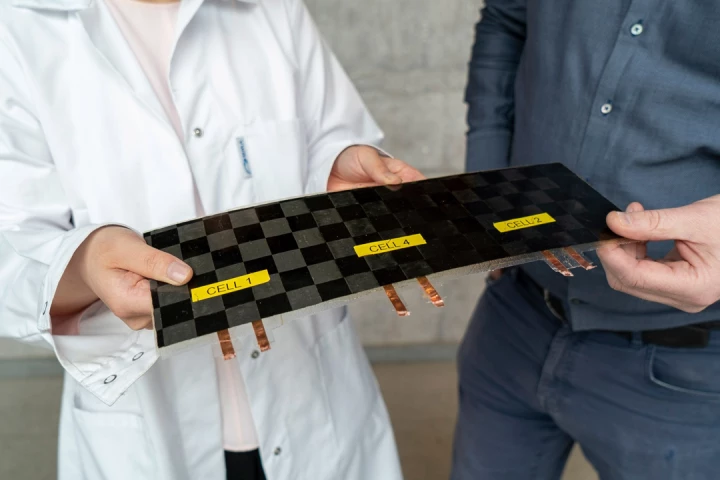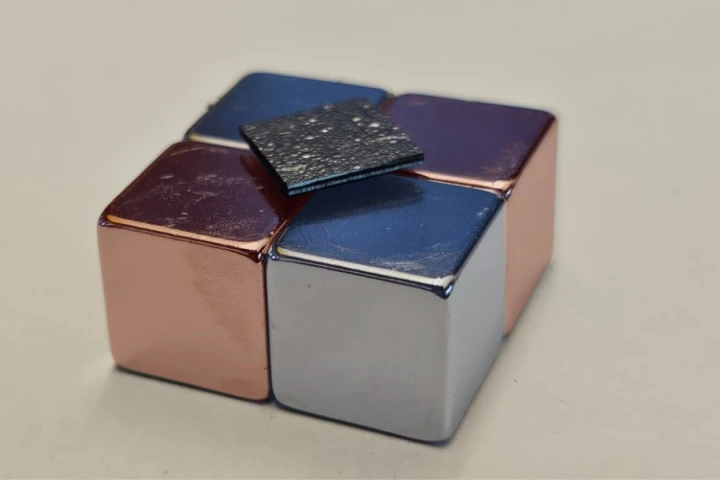Graphite
-
Could you imagine being able to "feel" the images on your screen? UCSB researchers have made this sci-fi-like idea a reality. They've developed a display where pixels physically rise off the surface when activated by laser light.
-
Dark matter is thought to outnumber regular matter by a factor of five to one – so why can’t we find the stuff? A new study proposes looking for it from space, using a satellite containing a levitating piece of graphite and a laser.
-
Deep-tech startup Sinonus is working to commercialize a groundbreaking new breed of multifunctional carbon fiber. In its vision, the wonder-composite will serve as a structural battery for everything from electric aircraft to windmills.
-
Magnetic levitation is used to float things like lamps and trains, but usually it requires a power source. Now, scientists in Japan have developed a way to make a floating platform that requires no external power, out of regular old graphite.
-
Australian scientists have discovered strangely folded diamonds in rare meteorite samples. In investigating how they came to form, the team found evidence that they were forged in a cataclysm on an ancient dwarf planet.
-
Scientists have concluded that the great mountain ranges of the world produced by the collision of Earth's tectonic plates reached their great heights thanks to lubricating graphite, which resulted from an abundance of ancient ocean life.
-
Making every micrometer count is a key consideration for designers and engineers working on modern smartphones, and a new nanometer-thick form of graphite that helps keep electronic devices cool could free up some valuable space.
-
There's always a risk that implanted medical devices will get colonized with bacteria, causing infections and sometimes even needing to be removed. Such complications could soon be less likely, though, thanks to a new graphite nanoplatelet coating.
-
Graphene is already known for being incredibly strong, so how can it be made even stronger? By turning it into sheets of diamond, of course. Researchers in South Korea have developed a new method to convert graphene into ultrathin diamond films.
-
Graphene is incredibly thin, flexible, strong and electrically conductive, but it’s tricky to manufacture on large scales. Now researchers at the University of Rochester have recruited bacteria to make the stuff, which is cheaper and faster than current methods and doesn’t require harsh chemicals.
-
Silicon would be an excellent anode material for lithium-ion batteries, if only it did not have the tendency to make the cell explode with use. Researchers at the University of California, Riverside say they have now found a way to get around the problem.
-
Using waste hemp fibers as the starting material, researchers at the University of Alberta in Canada have developed a high-performance electrode material for supercapacitors at one thousandth the cost of the more commonly used graphene.
Load More










